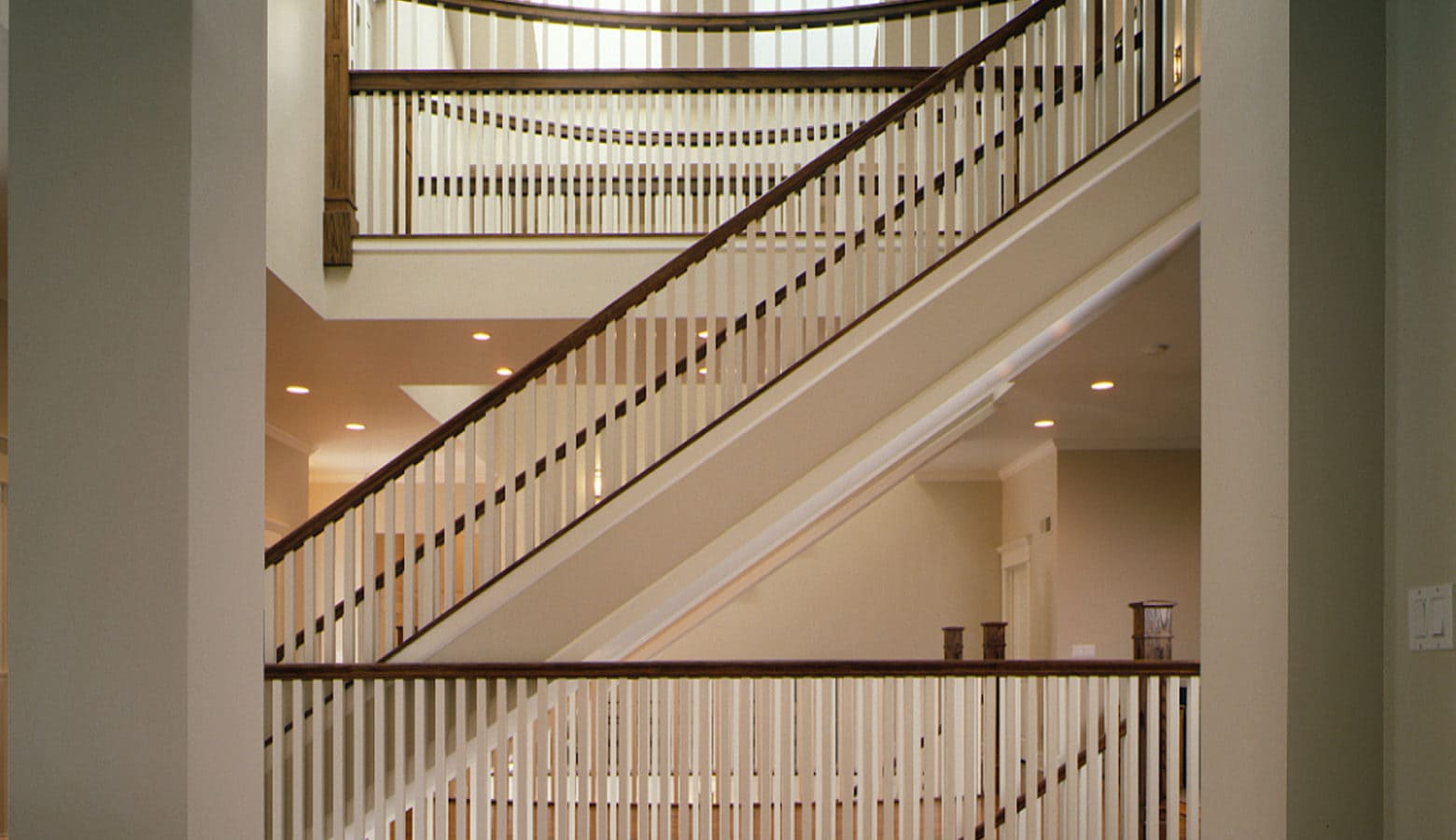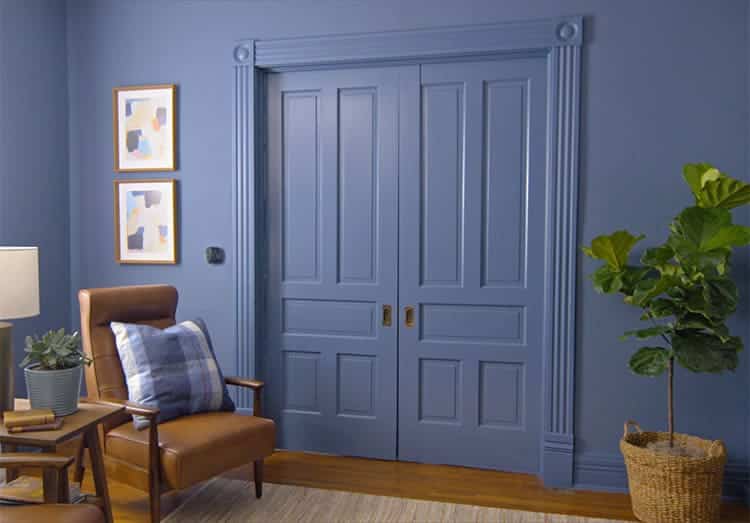Introduction:
Staircases, often overlooked in architectural discourse, are silent sculptors of space, connecting levels and weaving a narrative within a structure. Beyond their utilitarian function, staircases possess a unique charm that transcends mere functionality. This exploration delves into the intricate world of staircase architecture, unraveling the layers of design, symbolism, and the artistry that elevates these structures to more than just a means of vertical circulation.
Historical Evolution:
To truly appreciate the significance of staircases, one must journey through time, exploring their evolution across different civilizations. From the grandeur of ancient Greek amphitheaters to the intricate spiral staircases of medieval castles, each era has left its imprint on the design and symbolism of stairs. The transition from functional necessity to architectural masterpiece mirrors the evolution of societal values and aesthetic preferences.
Symbolism in Staircase Design:
Staircases have long been symbols of transcendence, progress, and spiritual ascent. The ascent of stairs mirrors the journey of life, and architects have cleverly embedded this symbolism in their designs. Whether it’s the majestic staircase of a government building or the humble steps of a residential home, each ascent represents a passage, a movement forward into the unknown. Such symbolism adds depth to the architectural language, turning a staircase into a visual poem.
Architectural Styles and Innovation:
Staircases are not bound by a singular style; they are chameleons that adapt to the prevailing architectural trends. The sleek modernity of a floating staircase, the ornate splendor of a Baroque spiral, or the industrial charm of a minimalist steel staircase – each style communicates a different narrative. Innovations in materials and construction techniques have expanded the possibilities, allowing architects to push the boundaries of staircase design.
Spatial Integration:
The relationship between a staircase and its surrounding space is a dance of form and function. Architects strive for a seamless integration of stairs into the overall spatial design, ensuring that these structures not only serve their purpose but enhance the aesthetic appeal of the entire environment. Open staircases create a sense of continuity and flow, while enclosed stairwells provide a moment of surprise and anticipation as one ascends.
Cultural Influences:
Staircases, like any architectural element, bear the fingerprints of cultural influences. The grandeur of a sweeping staircase in a Victorian mansion, the simplicity of Japanese minimalism, or the vibrant colors of a Moroccan riad staircase – each reflects the cultural ethos of its time and place. Understanding these cultural nuances adds richness to the appreciation of staircase architecture.
Challenges and Innovations in Modern Design:
As architectural styles continue to evolve, so do the challenges and opportunities in staircase design. Innovations in materials, such as glass and carbon fiber, have enabled the creation of seemingly gravity-defying staircases. Sustainable design principles are influencing the construction of eco-friendly staircases that blend seamlessly with nature. The intersection of technology and design has given rise to smart staircases, integrating lighting and automation for both functionality and aesthetics.
Conclusion:
In the vast tapestry of architectural elements, staircases stand as more than conduits between levels; they are storytellers, cultural ambassadors, and symbols of human progress. From the humblest step to the grandest staircase, each ascension represents a journey, an exploration of space, form, and meaning. As architects continue to push the boundaries of design, the staircase remains a canvas for creativity and a testament to the enduring allure of architectural elegance.





